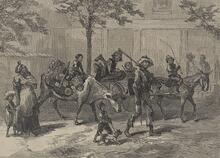Welcome to KCHistory.org
Missouri Valley Special Collections
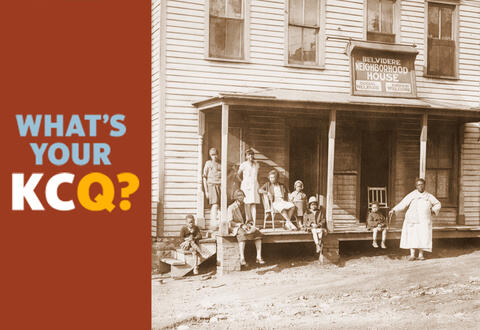
Belvidere Hollow: KCQ unearths Kansas...
In the Historic Northeast, east of downtown and just beyond Interstate 29, lies Belvidere Park — what now may appear to be an empty space. But at the turn of the 20th century, the area was a...
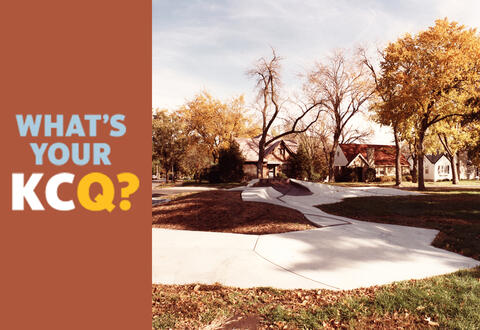
A pool? A skate park? The real story...
A reader was intrigued by a handful of concrete structures resembling skateboard ramps on a grassy area off The Paseo, near 58th Street and Lydia Avenue — and reached out to What’s Your KCQ?, a...
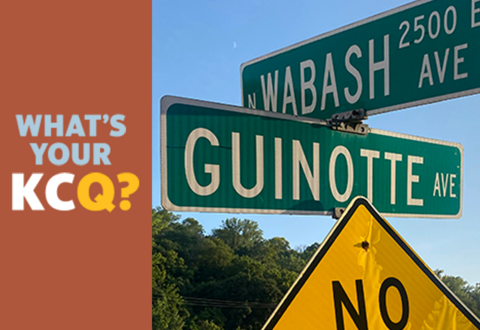
Railroad tycoon envisioned a grand...
Today, Guinotte Avenue is a rather unassuming stretch of road running through Kansas City’s predominantly industrial East Bottoms. One hundred seventy years ago, however, the thoroughfare was the...
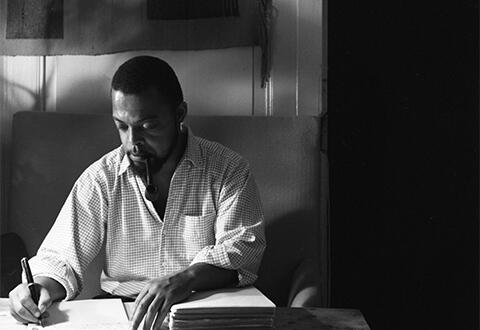
Searching for Vincent O. Carter
June Graham, Guest Author Vincent O. Carter working at his home in Bern. ©P. Kräuchi In June 2023, I travelled to Kansas City to research the early life of Vincent O. Carter, an African American...
This Week in Kansas City History
Kansas City FAQs
Where are the records for the Willows Maternity Home?
The Willows Maternity Sanitarium closed in 1969, marking the end of 64 years of providing a haven and help for "unfortunate" girls and adoption services for their newborns. There is a long-standing rumour that, after it closed, the records of The Willows "were piled in the backyard and burned."

